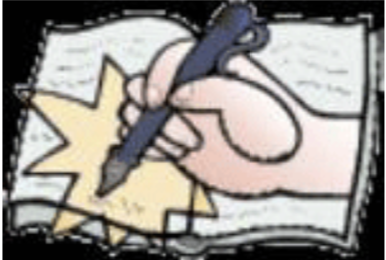This time of year is a great time to reflect on all the things we are grateful for. A great family activity is to have everyone make lists of the qualities they love about each member of the family. Each person can have the option of writing down the lists (using paper, file cards, journal, or other creative format), or recording themselves (audio or video), or drawing or using cut out pictures or stickers (making posters, scrapbooks, paintings). These also make great gifts!
In fact, in place of one “regular” gift, how about reflecting on each of your children and making a colorful card for each of them that says:
- What delights you about this particular child
- What this child brings to the family that is unique

- What it is about this child that you are most grateful for
- What it is about this child that fascinates you the most
- What it is about this child that you miss when you’re not with him/her
Our guess is that this simple gift will be the one that they will remember for years to come.
We believe that a parent is the number one Coach in a child’s life. Our C.A.R.E.S. principles begin with “C”—Celebrate your child! We hope that you celebrate your child often—each day of each year. This time of year can be a good reminder to stop, relax, and take a moment to really celebrate your child.
copyright 2019 by M. Pelullo-Willis & Victoria Kindle Hodson, Reflective Educational Perspectives, LLC / LearningSuccess™ Institute
